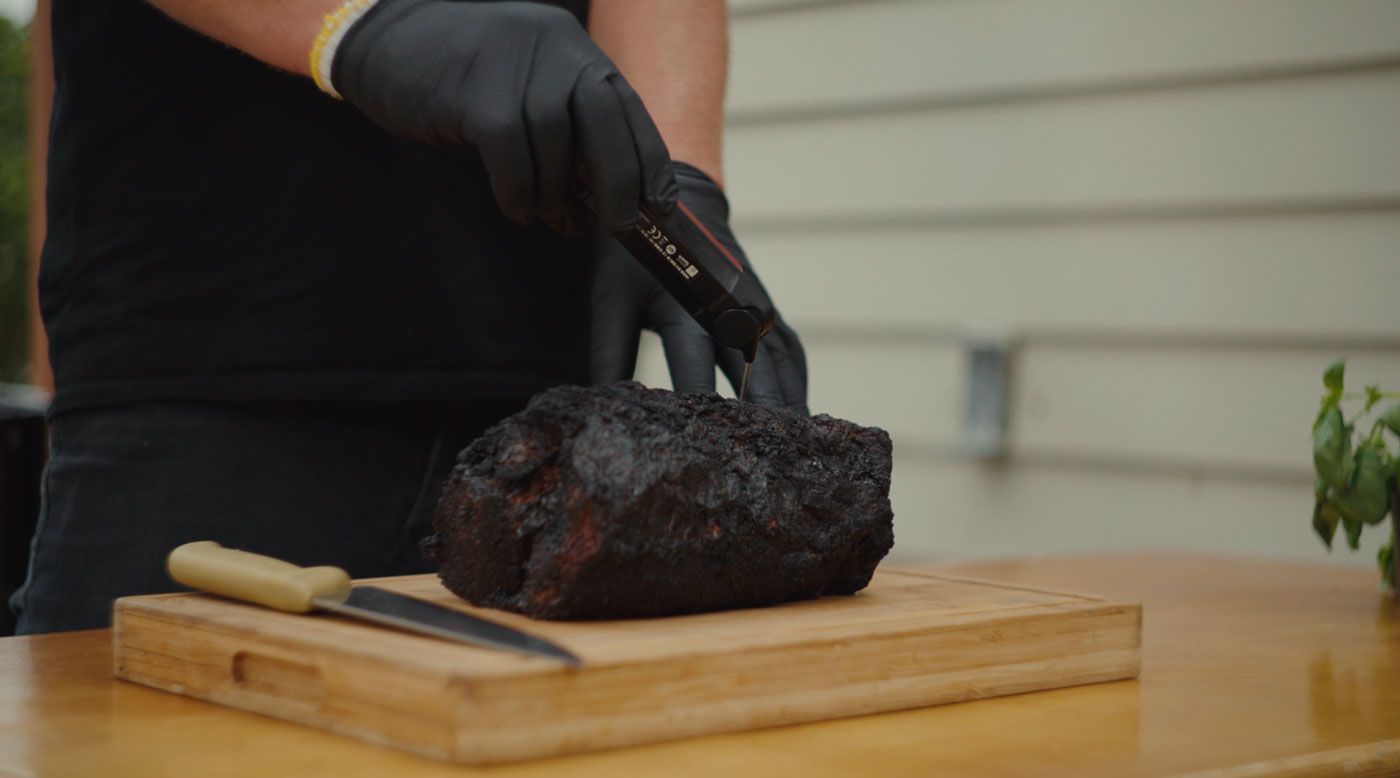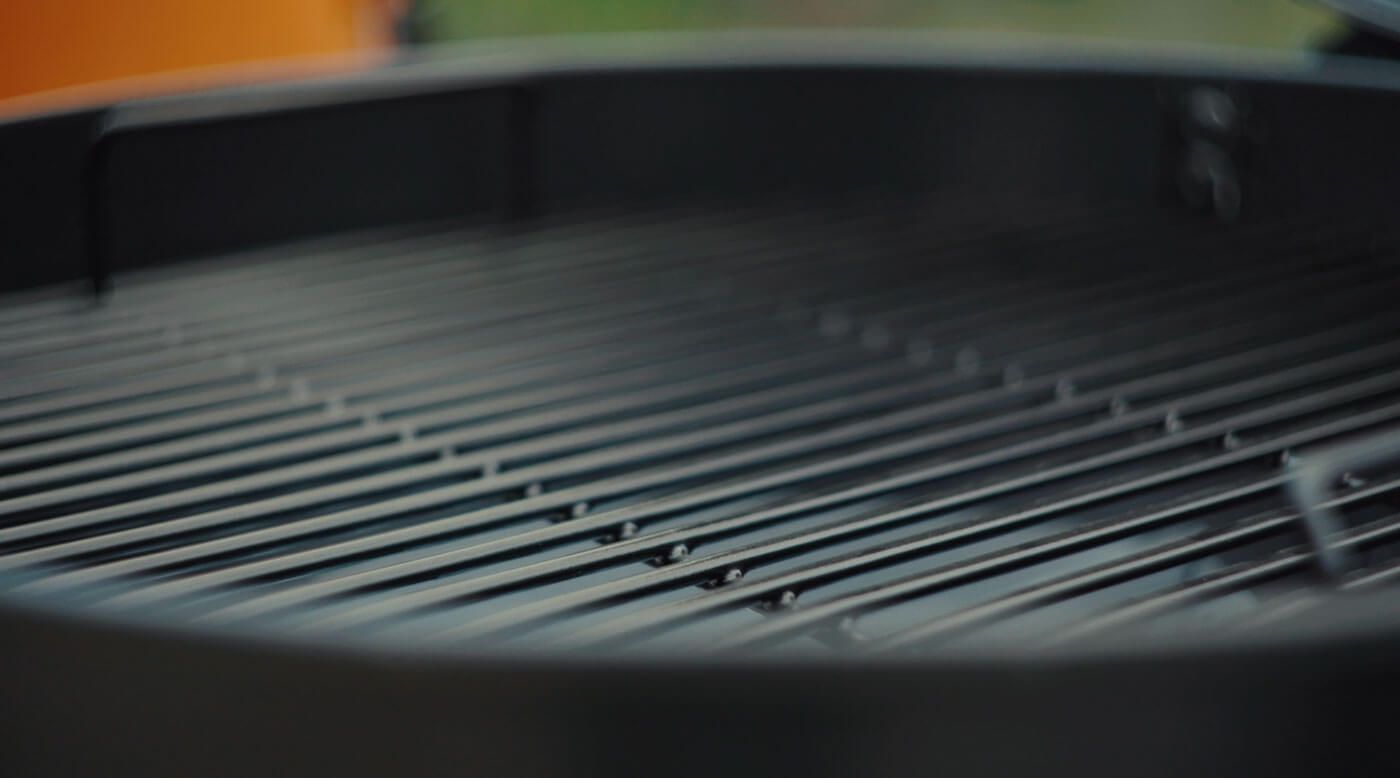Learn
| Tips & Tricks | The Three T's: Temperature, Time, and Texture
The Three T's: Temperature, Time, and Texture
The low 'n slow method of barbecuing stands out as a testament to patience, precision, and passion. While this cooking approach might seem daunting to the uninitiated, its secrets can be distilled into three fundamental principles: the three T's - Temperature, Time, and Technique or Texture.
Join us as we delve deep into these cornerstones, guiding you towards barbecue nirvana.

1. Temperature: Consistency is key
Low 'n slow barbecuing isn't about blasting meat with heat; it's a gentle caress, consistently applied.
- Maintain the Range: A typical low 'n slow session hovers between 225°F to 275°F. This temperature range ensures the breakdown of connective tissue in the meat, transforming tough cuts into melt-in-your-mouth delights.
- Monitor with a Thermometer: To maintain this golden range, invest in a good quality, preferably digital, thermometer. Many seasoned pitmasters use dual-probe thermometers, one probe monitoring the grill's temperature and the other probing the meat.
- Vent Mastery: Learn how to adjust the vents of your smoker or grill. Restricting airflow cools the temperature, while increasing airflow heats things up.

2. Time: Patience pays off
Low 'n slow isn’t just a cooking method; it’s a philosophy. It’s about giving meat the time it needs to reach its full potential.
- Hours, not minutes: We're talking long haul here. Depending on the meat, a session can range from 4 hours (like ribs) to 16+ hours (like a large brisket).
- The Stall: As the meat cooks, there might be a period where its internal temperature plateaus, often referred to as 'the stall.' Don't panic; this is natural. It’s the result of moisture evaporating from the meat's surface, cooling it in the process.
- Resting Ritual: After the hours of cooking, you might be eager to dive in. Resist the temptation! Let the meat rest post-cooking, allowing juices to redistribute. This waiting period can range from 30 minutes to a couple of hours, depending on the meat's size.

3. Technique: Combining art and science
Having the right temperature and ample time is foundational, but the real magic lies in your technique.
- Fuel Choice: Whether you opt for lump charcoal or briquettes can impact the flavour and cooking duration.
- Smoke Wisdom: The type of wood you introduce matters. Fruit woods like apple or cherry impart a milder, sweeter taste, while hickory and mesquite provide a robust smokiness.
- Wrapping: To wrap or not to wrap, that's a crucial question! Wrapping meat in foil or butcher paper (often during the stall) can speed up cooking and helps retain moisture.
- Placement: How and where you place the meat in relation to the heat source can influence cooking time and outcomes. Techniques like the two-zone setup or the snake method offer efficient ways to manage heat distribution.
This results in a winning barbecue texture. In terms of texture, what are you looking for? Certainly not a rubbery chewy mouthful, you want that New Zealand beef and lamb to melt in your mouth.
It is important to identify the grain of the meat. You want to be running your knife 90 degrees to the grain, so that it's looking straight at you.
Conclusion
Embracing these three T's of low 'n slow barbecuing equips you with the fundamentals needed to embark on this smoky journey. Remember, while these principles provide guidance, the true essence of barbecuing is discovery, adaptation, and, above all, love for the craft. With the three T's in your arsenal, you're well on your way to producing dishes that aren't just meals, but memories.

Posted by Beef + Lamb New Zealand








